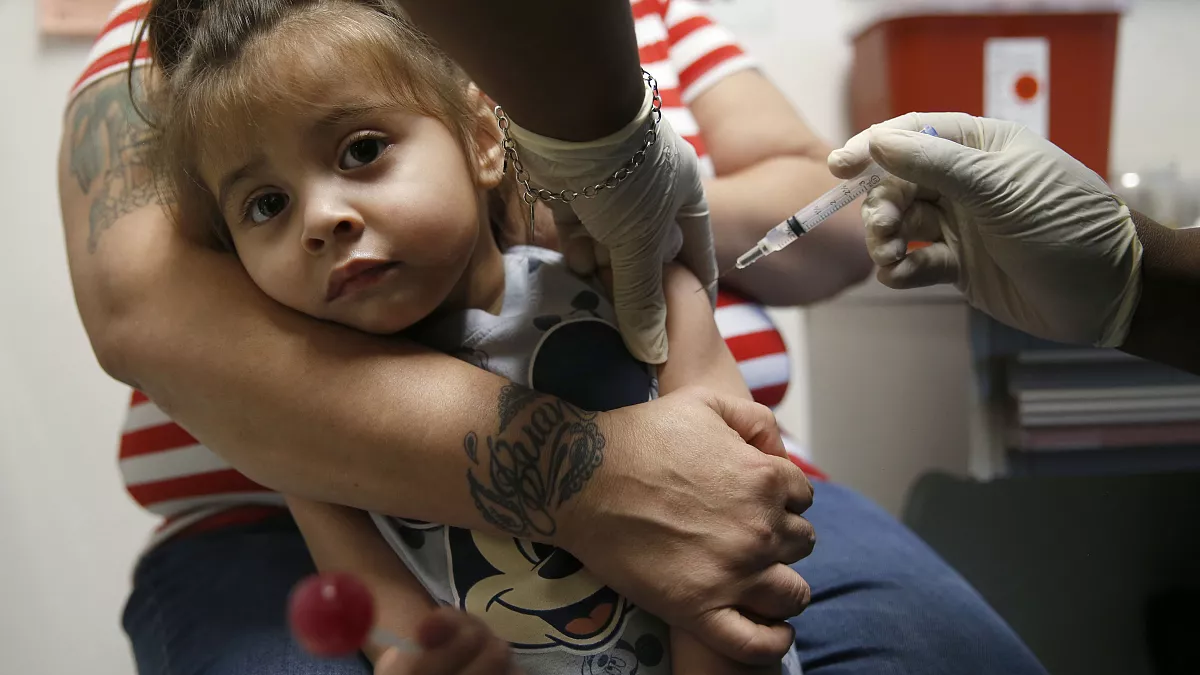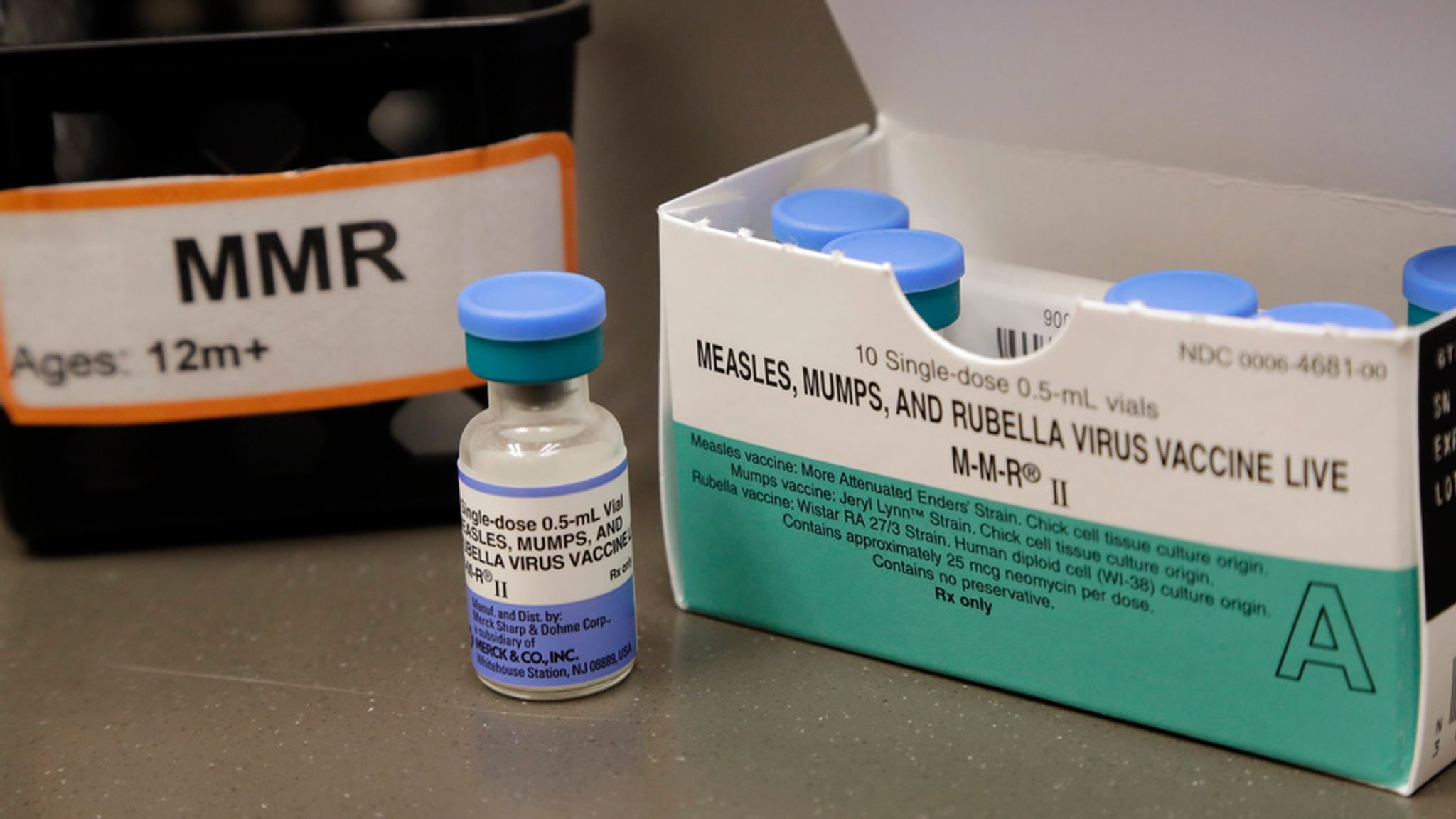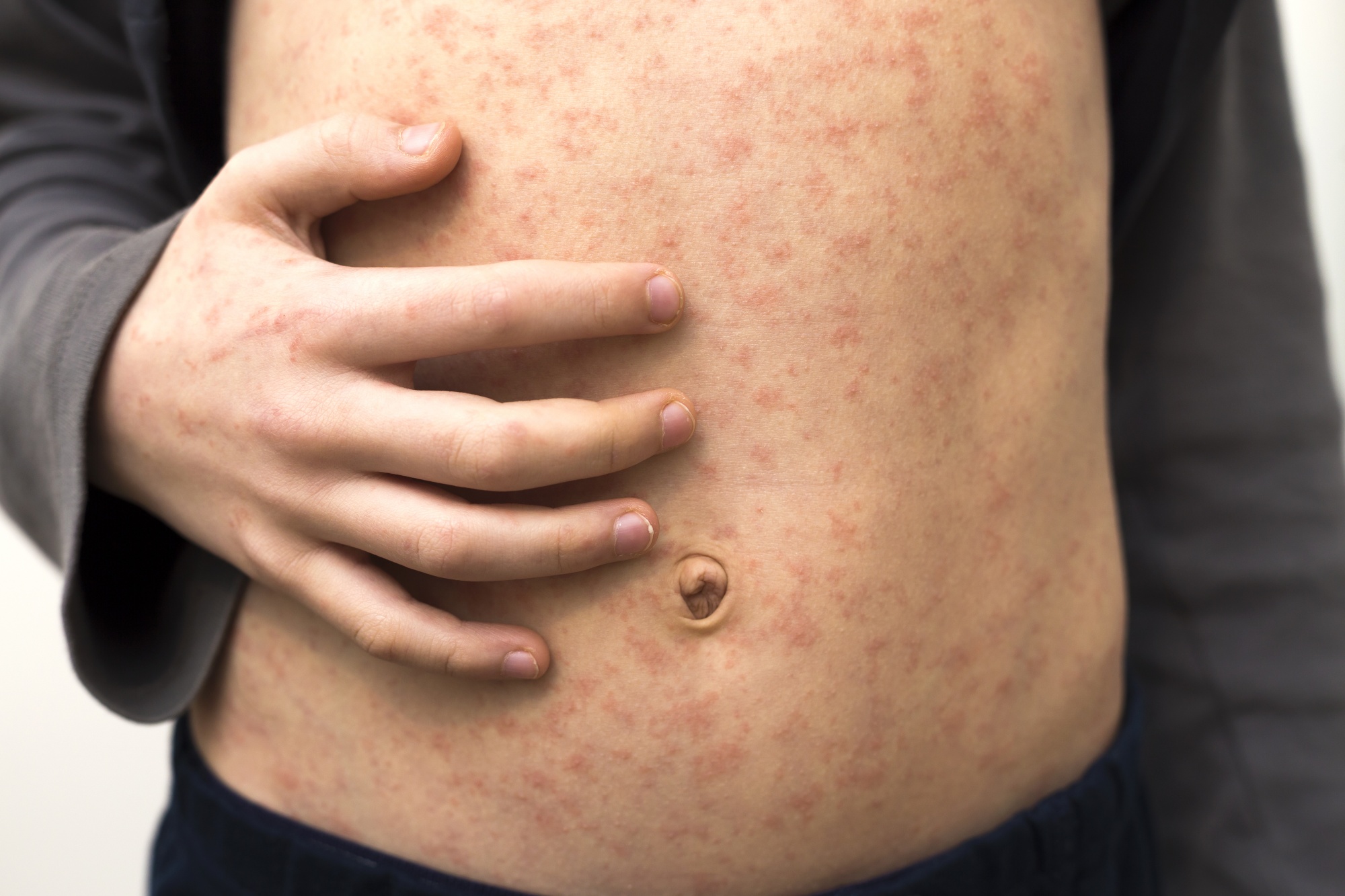In a remarkable public health victory, the U.S. declared measles eliminated in the year 2000, thanks to an extensive vaccination drive and rigorous disease surveillance efforts. For decades, this highly infectious virus was kept at bay, with annual cases plummeting from millions to mere dozens, primarily linked to international travel. However, recent developments suggest that this triumph could be short-lived.
The Centers for Disease Control and Prevention (CDC) has issued a warning: measles may regain its status as an endemic disease within the country due to a significant uptick in cases and slipping vaccination rates.

Measles: A Surge in Cases and the Threat to Elimination Status
The first quarter of 2024 has seen a more than 17-fold increase in cases compared to the average of the first quarters from 2000 to 2023. This sudden rise is stirring concerns among health officials and the public alike.
The CDC’s latest analysis, featured in their Morbidity and Mortality Weekly Report, highlights the precarious situation: “The rapid increase in the number of reported measles cases during the first quarter of 2024 represents a renewed threat to elimination,” note the researchers.
Significant increase in US measles cases in 2024:
97 cases by April 2024, compared to 58 cases in entire previous year (2023) suggests a worrying resurgence https://t.co/qgztKsax16
— Pantéa Javidan, JD, PhD (@pjavidan) April 12, 2024
Understanding the Spike: Factors at Play
Several factors contribute to the current vulnerability. Internationally, measles cases are spiking, driven by disruptions to routine childhood vaccinations caused by the global pandemic.
This situation is exacerbated in the U.S. by a decline in vaccination rates among kindergarteners, which for the past three years have remained below the 95 percent threshold needed to prevent sustained transmission.

The Role of International Travel and Local Vulnerabilities
The CDC report paints a concerning picture of how measles could potentially become endemic again in the U.S. The typical scenario involves an unvaccinated American contracting the disease abroad and then introducing it to an under-vaccinated community at home.
This sequence of events could lead to sustained transmission, especially among unvaccinated, vaccine-eligible children. In the recent data collected, a significant proportion of the disease cases were traced back to importations, notably with an increase in cases originating from Europe and East Asia.
Strengthening Defenses: Recommendations for Prevention
To combat this resurgence, the CDC emphasizes the importance of improving vaccination rates both domestically and globally.
They advocate for vaccinations before international travel and call for a concerted effort to identify and support under-vaccinated communities. Moreover, prompt investigation and response to suspected measles cases are critical to prevent the disease from gaining a foothold.

Looking Forward: Vigilance and Action Required
While the U.S. still has sufficient vaccination coverage to stave off large-scale outbreaks, the threat is real and growing. Continued vigilance, proactive vaccination campaigns, and robust public health strategies are essential to maintaining the hard-earned status of measles elimination.
As the CDC concludes, the fight against measles is far from over, and it is imperative that all stakeholders—healthcare providers, parents, and policymakers—renew their commitment to this cause.










